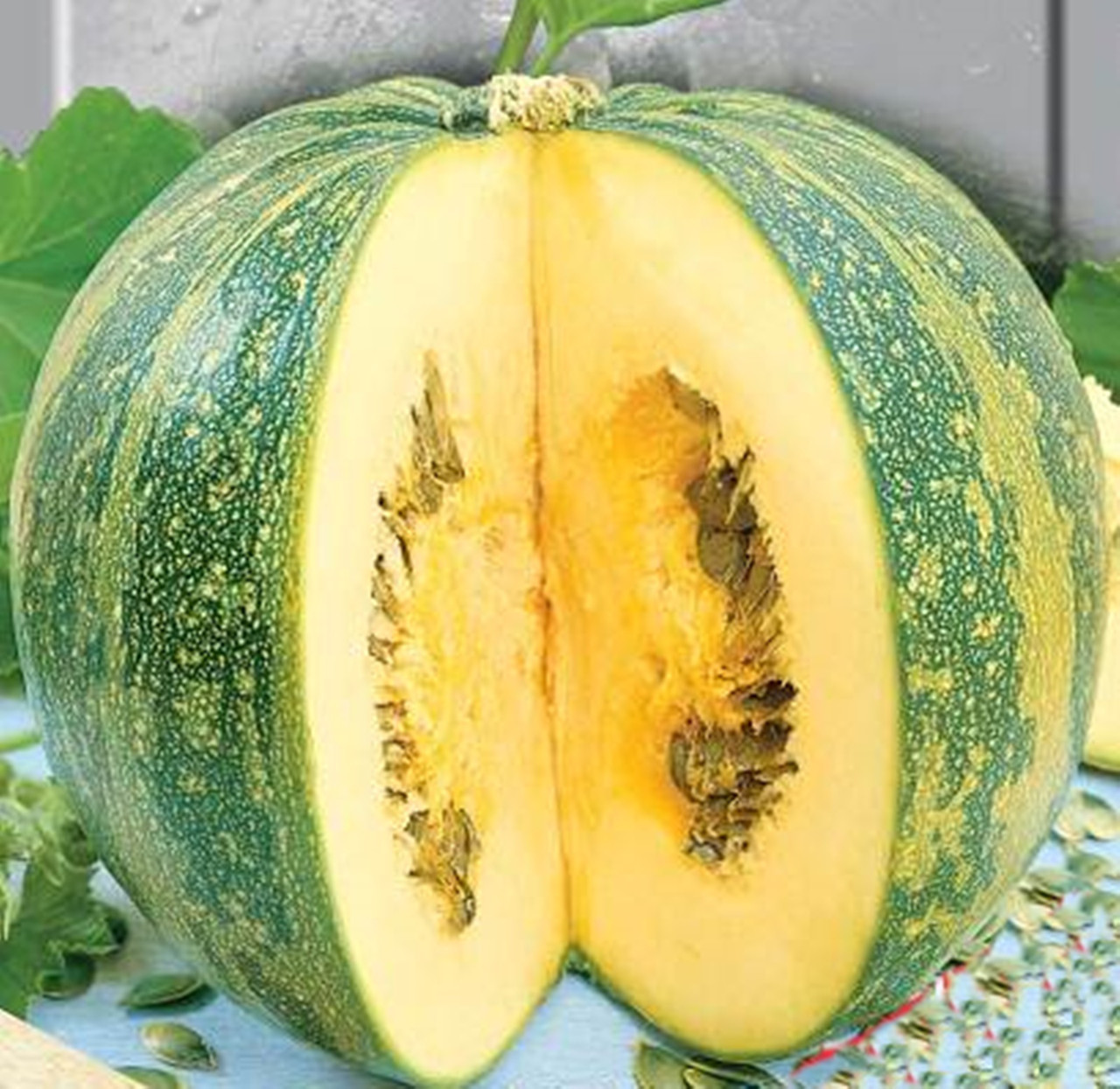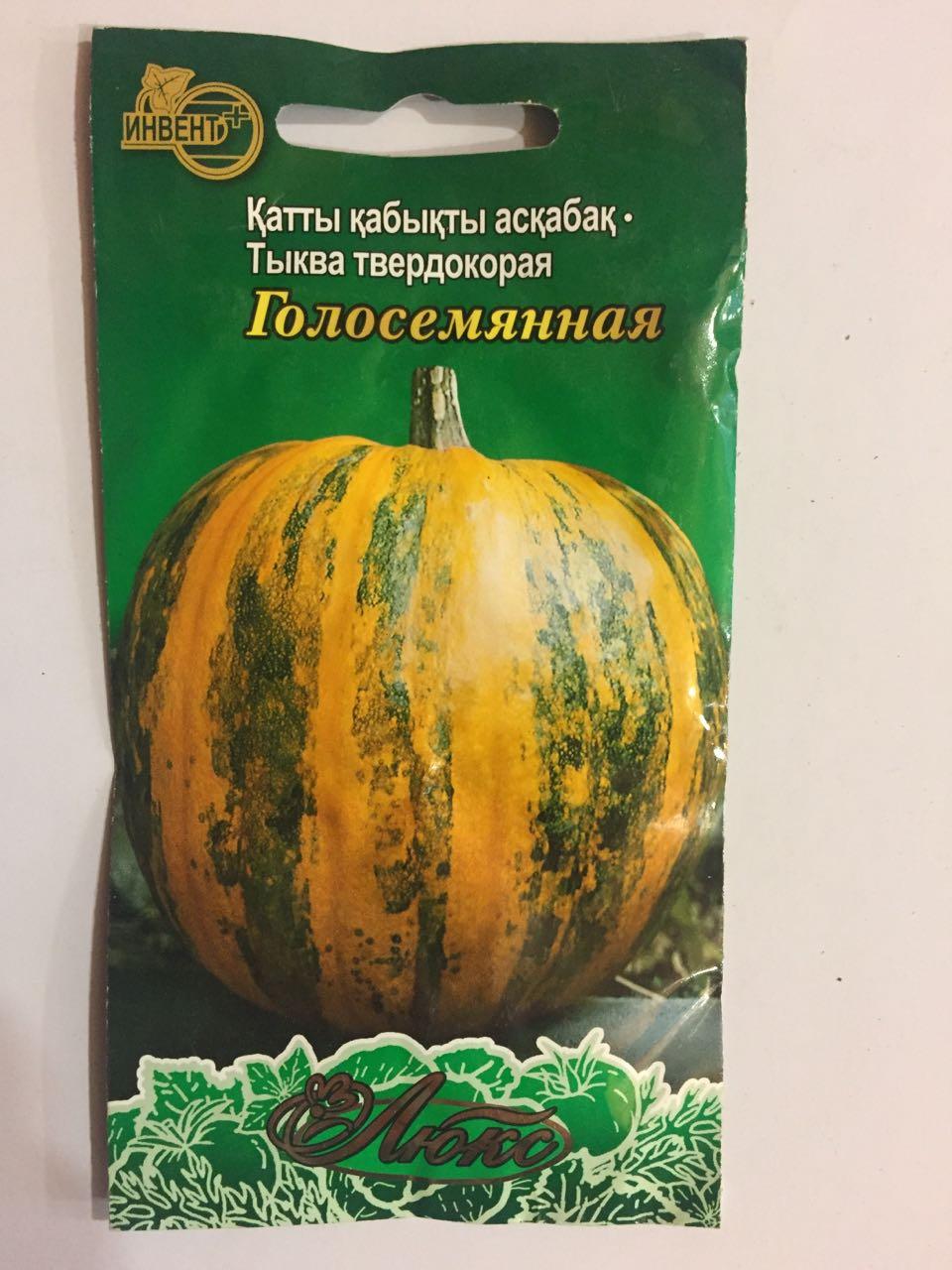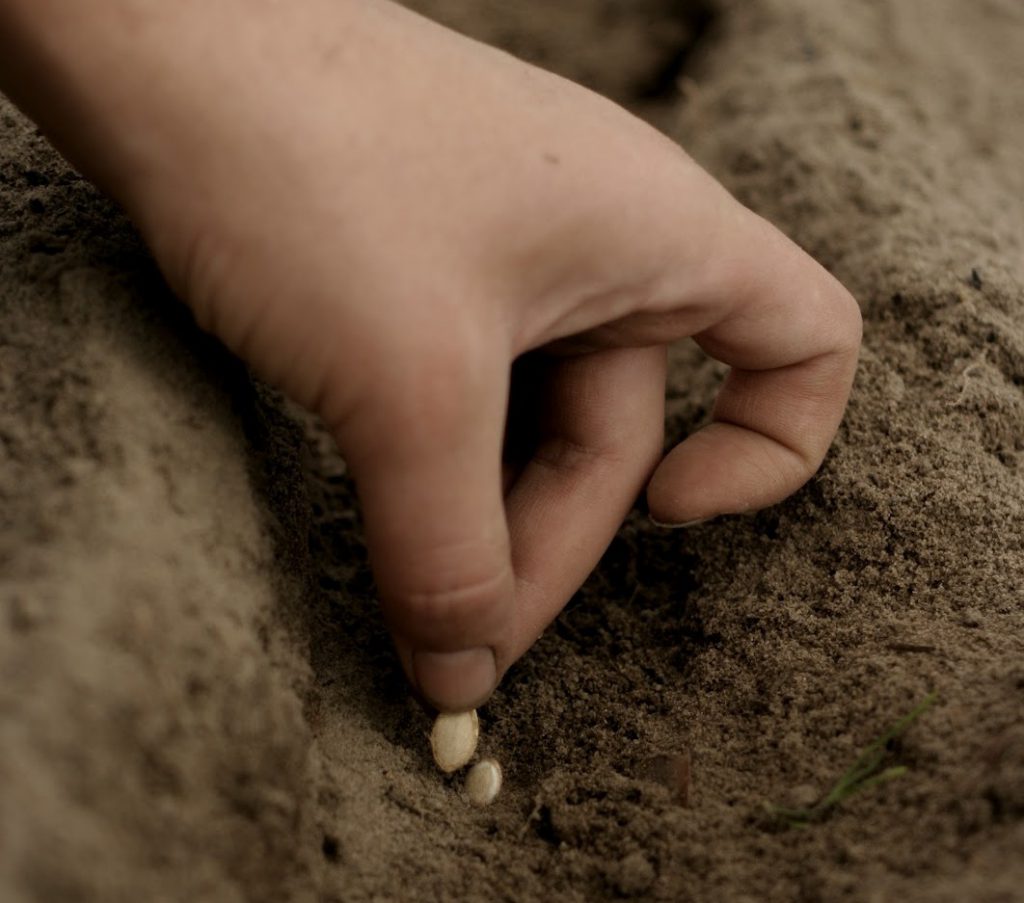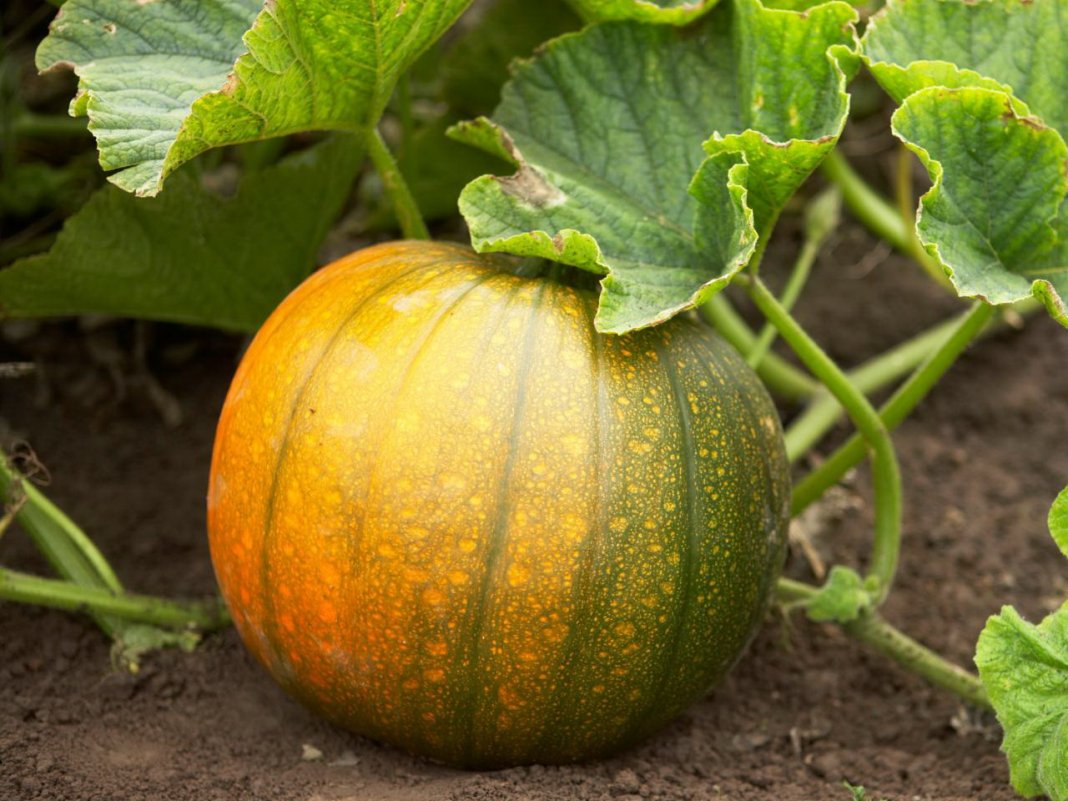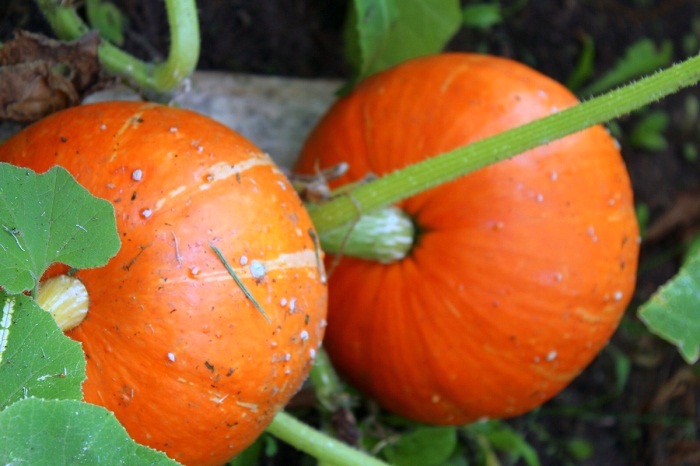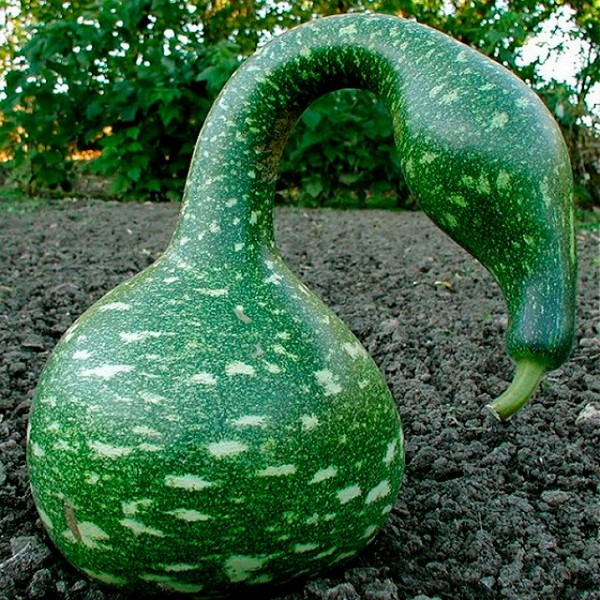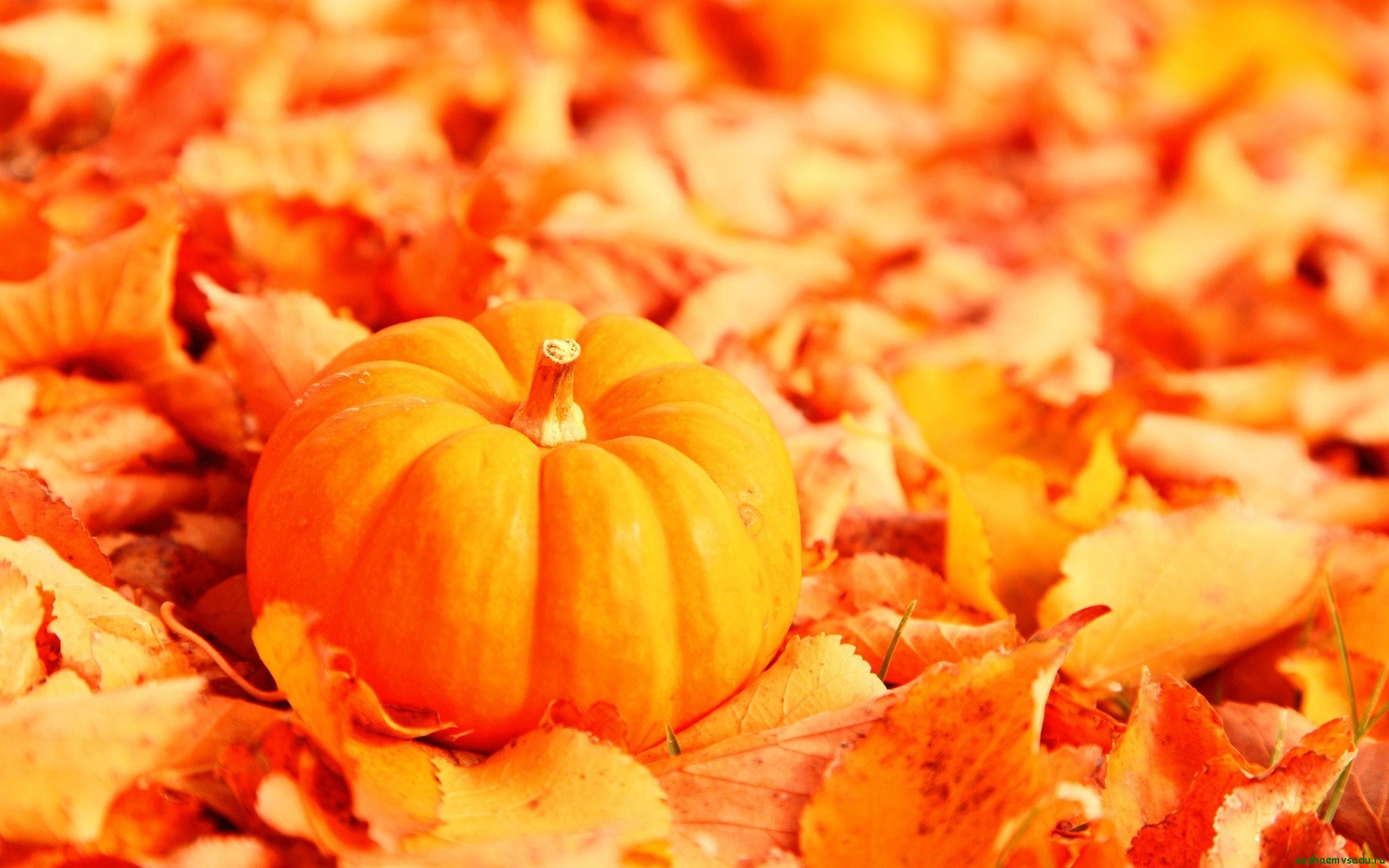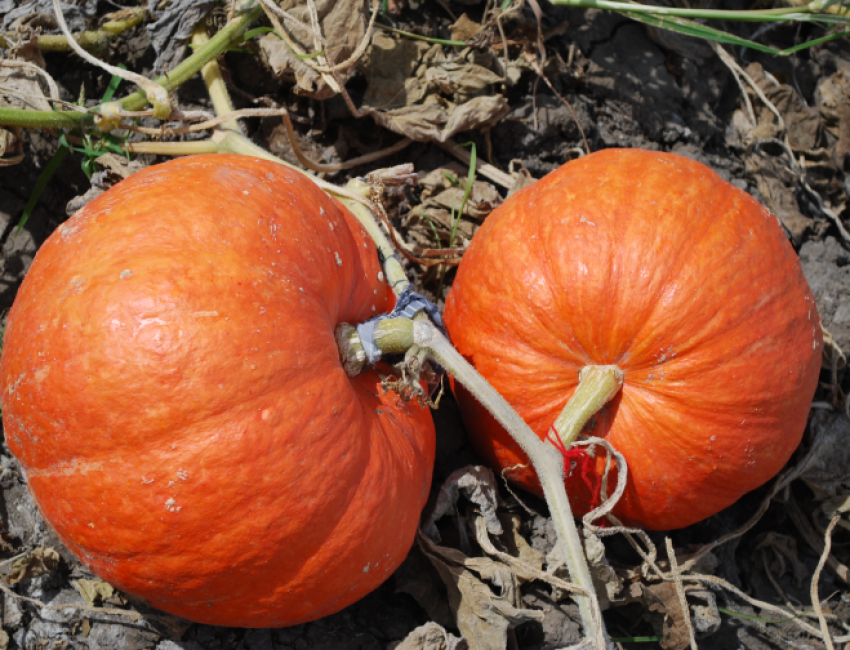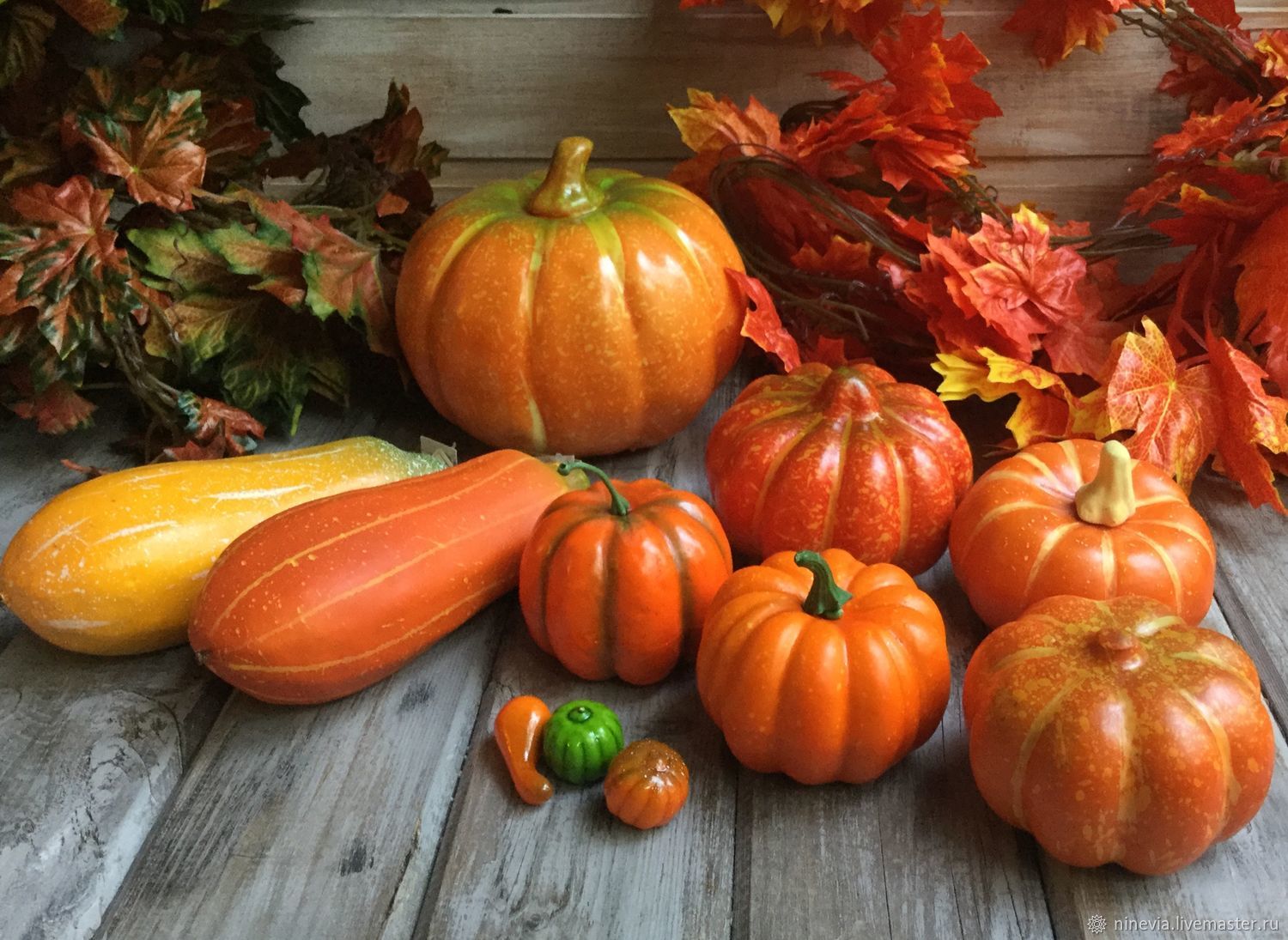Content:
Pumpkin (or garmelon) has long been grown in Russian gardens, this crop is widespread. Most gardeners are accustomed to the fact that the pulp of the pumpkin should be sweet, and the seeds are covered with a strong, hard shell, yellow-white. But there are other types of this melon culture, which have their own interesting features.
At the beginning of the twentieth century, breeders in America bred gymnospermous pumpkin, the seedless part of which was not used for processing, but seeds for oil production were especially appreciated. The pulp of this pumpkin was used as compost to fertilize the soil. And to this day, the main value of gymnospermous pumpkin remains naked seeds without a peel, only the pulp in new varieties has acquired flavoring features that allow it to be used for food purposes.
Characteristics of gymnospermous pumpkin
The main indicators of the assessment of the variety:
Cold resistance. Despite the fact that gymnospermous pumpkin is thermophilic and is cultivated in the southern regions, in Central Russia and some northern regions it is also capable of producing high yields, subject to proper agricultural practices. She is not afraid of temperature drops, but, unfortunately, she will not be able to survive even short-term frosts.
Hive parameters. Depending on the specific variety, the plant can be climbing or bush. The growth is powerful, therefore, a larger area is devoted to this pumpkin than when growing other types of this melon crop. Scourges have several features: they are covered with thorns, their cut is not round, but faceted. The leaf is large, lobed, covered with a coarse nap. The thorniness and facetness of the shoots are due to the fact that the golosemyanka pumpkin is firm.
Bloom. Both male and female (in which fruits are set) flowers appear on the same plant, therefore insects are simply necessary for pollination.
In the latter case, the female flowers must be protected by putting bags on them or tying the corolla of the flower with an elastic band. Male flowers bloom first. They form on young plants 20-30 days old. And a week later - women. Compared with pumpkins of common varieties, gymnospermous flowers are large in size.
Fruit characteristics. The weight is considered average - 5-8 kg. In rare cases, pumpkins can exceed these dimensions. The skin of the fruit is thin but very hard. Orange pulp contains a lot of fiber, the sweetness of the fruit is moderate. New varieties of gymnospermous pumpkin have improved taste characteristics of the pulp, so it can also be eaten.
Features of seeds. The dark green seeds of this type of pumpkin are covered with a thin transparent film, which, when consumed, is not felt at all.
Shelf life of fruits. Compared to common pumpkins, gymnosperms have a very short shelf life at home. Two to three months after harvest, naked seeds begin to sprout in the pulp of the fruit, they become unusable due to the bitter taste.
There are several varieties of gymnospermous pumpkin. Below are the most popular ones with a brief description.
- Apricot pumpkin. One of the sweet varieties of gymnospermous pumpkin. Light yellow pulp contains almost no fibers, juicy. The shape of the fruit is round-cylindrical, ribbed. The color of the pumpkin is alternating dark green and bright yellow stripes. The variety bears fruit well in the Central lane and northern regions.
- Pumpkin Olga. Refers to mid-season varieties of gymnospermous pumpkin and ripens 120-130 days after sprouting. The yellow flesh tastes sweet. The value of the variety is due to the high oil content in the seeds. The variety gives high yields in the middle lane.
- Danae pumpkin. Mid-season variety - 120 days pass from germination to harvest. The high-yielding Danae produces oval, green, orange-streaked fruits with juicy pulp and plenty of seeds. It is grown mainly in the southern regions of the country.
- Pumpkin Golosemyanka. The variety is mid-season, the shape of the fruit is oval, smooth to the touch. The main color of pumpkins is dark green, the pattern is light spots and stripes. The pulp is yellow, does not possess sweetness, crispy. Suitable for cultivation in almost all regions of the country.
- Styrian pumpkin. It is an Austrian gymnosperm gourd cultivated exclusively for seed production. They produce a valuable oil with a nutty flavor. Styrian oil is considered to be of the highest quality and has been pressed from this variety in Austria for about 200 years. The pulp has practically no taste. When fully ripe, green fruits are covered with yellow blurred stripes. The variety bears fruit well in the Middle Lane, but a higher yield is observed when grown in the south. Pumpkins of this variety have a maximum shelf life of 3 months for gymnosperms.
Agricultural technology for growing gymnospermous pumpkin
To get a large amount of valuable seeds, gymnosperms must be properly planted, provided with the necessary care and harvested on time.
Preparation of planting material
Depending on the area of cultivation, planting material can be gymnospermous pumpkin seeds (only for the southern regions) or seedlings. In almost all regions of Russia, it is necessary to plant the gymnosperm by the seedling method.
Thus, the pre-planting preparation of seeds includes heating at a temperature of + 40 ° C and subsequent soaking in a growth stimulator solution, for example, in Epin.
With the seedling method, it is recommended to grow gymnosperms seedlings immediately in separate pots, preferably in peat pots - like most melons, the pumpkin does not like exposing the root system during planting. The optimum seedling age is 25-30 days, the seedlings already reach a height of about 20 cm and have 4 true leaves. During this time, she is fed a couple of times and must be hardened. Otherwise, gymnospermous pumpkin seedlings will be difficult to adapt to new conditions after planting.
Landing
The dates for planting in open ground, depending on weather conditions and ground warming, may fall on the end of May or even mid-June. By this time, it is necessary to prepare the beds, they should be located in protected from the wind, well-lit areas of the site. At the same time, it is important to prevent over-pollination with related crops, therefore, the gymnosperm is planted as far as possible from zucchini, other pumpkins, squash, etc.
For cold regions, the formation of high beds (20-25 cm) is recommended, as they warm up faster. It is recommended to put compost and humus in them, which also generate natural heat during the decomposition process.
The planting scheme, depending on the specific variety of gymnospermous pumpkin, can be different: for bush forms - 70 × 70 cm, for medium-growing - 70 × 140 cm.Most varieties of gymnosperms need a wide nutritional area, are distinguished by a powerful root system and rapid growth of lashes, so they it is recommended to plant according to the extended planting scheme - 180-210 × 100-180 cm.For example, for the Golosemyanka variety, the planting scheme is 70 × 100 cm, for the Danae and Apricot varieties - 100 × 100 cm, for Olga and Styriyskaya - 150 × 150 cm.
In accordance with the chosen scheme, you need to dig out the planting holes and fill them with a nutrient mixture of humus, ash and mineral fertilizers, and then shed and wait for the earth to settle. Only after this can the planting of seedlings begin, it cannot be buried.
After planting, the seedlings are placed under temporary shelters - plastic bottles, and they are removed after 4-5 days. In the early days, it is very important to monitor the moisture content of the soil under the pumpkins and pay special attention to loosening.
Care
The gymnospermous pumpkin, grown in the southern regions, is completely unpretentious. And those who want to cultivate it on a site located in a cold area with unpredictable climatic conditions will have to work hard.
Watering mode. Gymnospermous pumpkin needs frequent and abundant watering and is characterized by poor drought tolerance. At the same time, waterlogging of the soil should not be allowed. During flowering, watering should be carried out in the morning before the flowers open - such an agricultural technique increases fruit set. With a lack of moisture, Golosemyanka often sheds the ovaries and gives poor yields. It must be watered gently, under the root, avoiding drops of water falling on the leaves.
Mulching. To reduce evaporation in the soil, planting pumpkin is recommended to mulch. Natural materials are used as mulch: hay, sawdust, shavings, etc. If the beds under the gymnosperm are mulched, then there will be no weeds near the young plantings, and there is no need for constant loosening.
Top dressing. Gymnospermous pumpkins grow quite quickly, therefore they constantly need nutrients. Plants are fed with organic matter (manure diluted in water, poultry droppings, ash), and mineral complex fertilizers. Top dressing is applied 3-4 times per season.
Formation. Gymnosperms are grown in 1-2 stems. When formed into one stem, all lateral shoots on the plant are removed already at the beginning of growth. When formed into two stems, the main shoot and one of the healthiest and most powerful lateral ones are left, all the extra ones are pinched. Stop the growth of fruiting lashes by pinching after 4 leaves from the extreme fruit. The pinching of the stems is carried out after the required number of fruits have been tied on them.
The appearance of lateral shoots is accompanied by the appearance of adventitious roots. In order for them to gain a foothold in the ground and make the bush more powerful, it is necessary to huddle the gymnosperm, sprinkling it with soil.
Harvesting and storage of crops
Harvesting is carried out when the fruits are fully ripe: they acquire varietal color of the crust, and their stalks, leaves and shoots dry out. Harvest dates come earlier if there is a threat of frost.
The pumpkins are cut along with the stalk (this increases the shelf life), wiped with a dry cloth from the remnants of the earth and stored in a cool, dark place. The seeds can be separated from the pulp by simply cutting the pumpkin in half and scrubbing them with a regular spoon.The seeds are sent to dry, after which they become usable.
Advantages and disadvantages of gymnospermous pumpkin
Like any other pumpkin, gymnosperms have their positive and negative characteristics.
The advantages of gymnospermous pumpkin include the following qualities:
- relative early maturity;
- seeds do not have a hard shell;
- increased oil content in seeds;
- the value of the oil produced from the seeds of this pumpkin and a wide range of its uses;
- the possibility of growing in many regions of the country;
- resistance to temperature extremes;
- resistance to phyto-infections.
Disadvantages of gymnospermous pumpkin:
- the taste of the pulp is inferior to many table pumpkin varieties;
- gymnosperm seeds can rot in the soil, so there is a need to grow seedlings;
- short shelf life of harvested fruits;
- poor drought tolerance;
- low yield compared to other pumpkins.
Despite a rather large list of disadvantages, growing pumpkin with seeds without a peel is becoming more and more popular every year precisely because of the seeds, which contain a huge amount of vitamins and trace elements, do not have a hard, thick, hard-to-peel peel.
